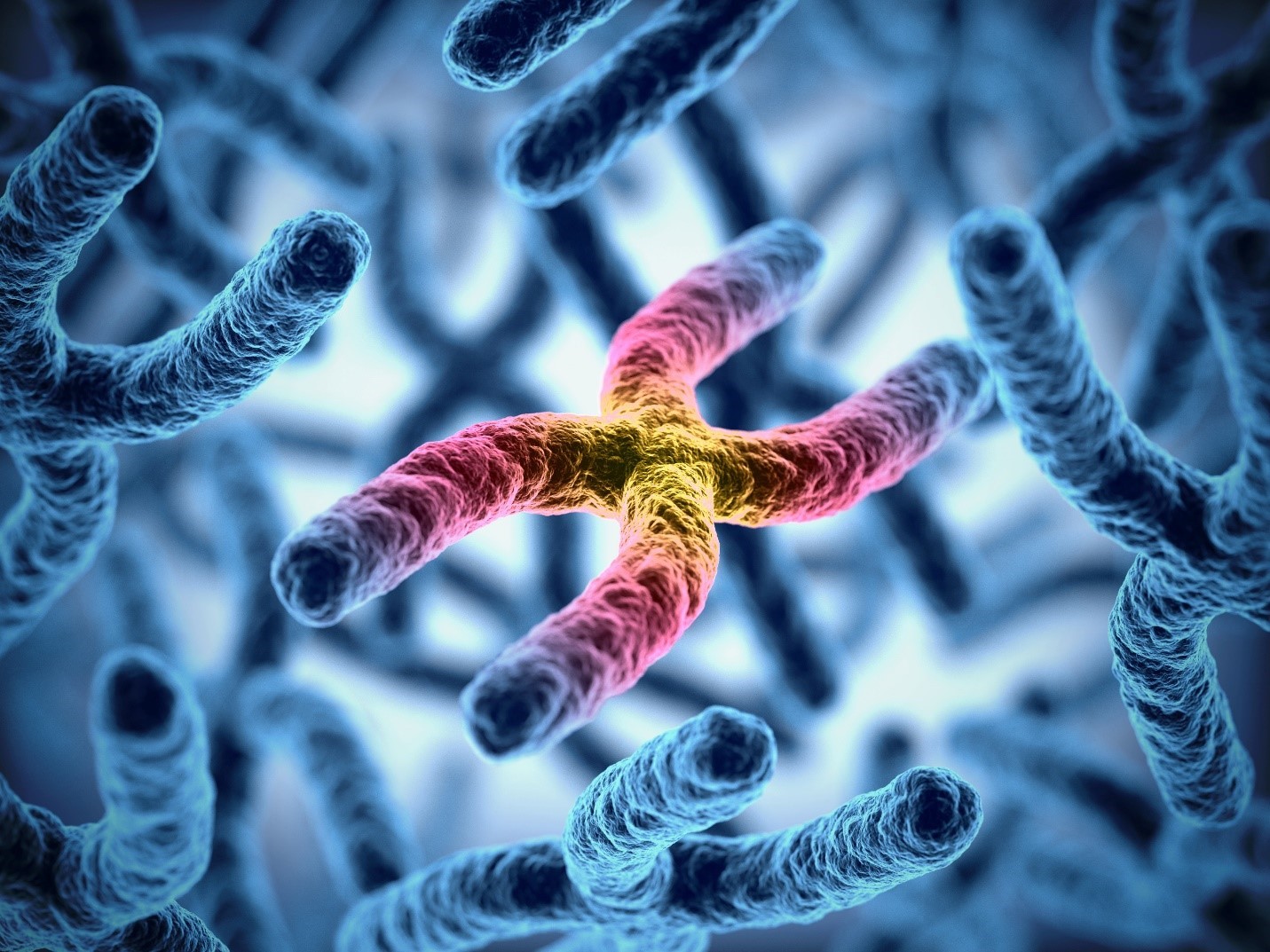Blog
Enhanced Detection of UPD: There is More Than the Eye Can See
Enhanced detection of UPD – there is more than the eye can see
Publish date: September 20, 2021
Meta description: From SNP arrays, and NGS data with corresponding SNP data, NxClinical enables laboratories to detect the presence of both isoUPD and heteroUPD when a parental sample is available.
Content:
In the past, determining the influence of uniparental disomy (UPD) on a patient was a time-consuming process. Going purely off of the patients’ phenotype the laboratory would often perform additional short tandem repeat (STR) or polymerase chain reaction (PCR) analysis in order to reach a diagnosis. From there, the laboratory then moved to more targeted assays such as DNA methylation or fluorescent in situ hybridization (FISH) to diagnose suspected imprinting cases. Enter in the widespread use of high-resolution chromosomal SNP arrays early in this century which has effectively replaced STR as a diagnostic tool for UPD1. With SNP arrays, laboratories would analyze data from samples suspected of UPD, reviewing every genotype from the proband and comparing them to parental samples. The analysis was achieved using either massive spreadsheets or in-house algorithms to extract the parental origin of the UPD. Yet, so far this workflow was only able to infer isoUPD with no possible detection of heteroUPD. This brings us now to the future of UPD testing with the use of NxClinical’s new one-click UPD feature revealing both isoUPD and heteroUPD events.
Early on in our genetics education, we learned that in an autosomal recessive (AR) disorder the individual should inherit alleles from both parents who are heterozygous carriers of variants of the causative gene. However, it is also possible for the typical segregation and inheritance pattern of parental alleles to be disrupted, resulting in the inheritance of two alleles from one parent (UPD). Under such mechanisms, daughter cells would inherit either two copies of the same chromosome from a single parent (uniparental isodisomy or isoUPD), or a chromosome pair from a single parent (uniparental heterodisomy or heteroUPD). In the instance of isoUPD, the individual possesses two copies of the same chromosome from a single parent and would appear to be copy neutral without the interrogation of SNPs enabled by SNP arrays or NGS. Samples with isoUPD are susceptible to AR disorder phenotypes, while heteroUPD can impact the methylation of chromosomal regions associated with imprinting disorders. Besides AR disorders, copy neutral LOH detection is also crucial in the interpretation of identity-by-decent.

[click image to enlarge]
An isoUPD on the q arm of chromosome 15 is visualized through the track view in NxClinical. The isoUPD shows immediately after processing the genomic data. Here we can easily visualize on the probes track that the parent-of-origin is the mother (pink=maternal; blue=paternal).
The identification of both isoUPD and heteroUPD are important for genetic interrogations. From SNP arrays and NGS data with corresponding SNP data, NxClinical enables laboratories to detect the presence of both isoUPD and heteroUPD when a parental sample is available. NxClinical compares the SNPs of the proband against its parents using a Hidden Markov model (HMM) to identify regions where uniparental inheritance is more likely than usual biparental inheritance. For example, SNP positions where the proband is homozygous opposite from one of the parents makes uniparental inheritance, from the other parent, more likely. Regions of isoUPD and heteroUPD are flagged on the proband sample to enable the reviewer to make an interpretation of genes impacted by the aberrant parental inheritance pattern.
When analyzing SNP data, NxClinical users who deploy this new feature can now further investigate UPD events within duos and trios with one simple click – saving them valuable time during the review process. These new calls of isoUPD and heteroUPD will become visible both in the “Event” field as well as within the zygosity track. For further visualization, bars are drawn within the AOH affected chromosome(s) will indicate parent-of-origin (pink=maternal; blue=paternal).

[click image to enlarge]
Sample 1 before NxClinical one-click UPD detection: This karyogram view from NxClinical displays a gain on 10q.

[click image to enlarge]
Sample 1 after NxClinical one-click UPD detection: In addition to the previous copy number change displayed above, this karyogram view, with the NxClinical UPD detection button activated, visualizes the full chromosome 16 as heteroUPD. A dark pink bar running vertically on chromosome 16 indicates the parent-of-origin inheritance as maternal.

[click image to enlarge]
Sample 1 after NxClinical one-click UPD detection: A heteroUPD on chromosome 16 is visualized through the track view in NxClinical. The heteroUPD shows immediately after processing the genomic data. Here we can easily visualize on the probes track that the parent-of-origin is the mother (pink=maternal; blue=paternal).

[click image to enlarge]
Sample 1 after NxClinical one-click UPD detection: The whole genome plot visualizing the pink maternal parent-of-origin probes on chromosome 16.
If you are interested in learning more about the real-life application of this new UPD feature in NxClinical, watch this 10-minute UPD case study presented by Amber Boys, Victorian Clinical Genetics Services, and see it in action!
References:
- del Gaudio, D., Shinawi, M., Astbury, C. et al. Diagnostic testing for uniparental disomy: a points to consider statement from the American College of Medical Genetics and Genomics (ACMG). Genet Med 22,1133–1141 (2020). https://doi.org/10.1038/s41436-020-0782-9
Additional reference:
Shaffer LG, Agan N, Goldberg JD, Ledbetter DH, Longshore JW, Cassidy SB. American College of Medical Genetics statement of diagnostic testing for uniparental disomy. Genet Med. 2001;3(3):206-211. doi:10.1097/00125817-200105000-00011



